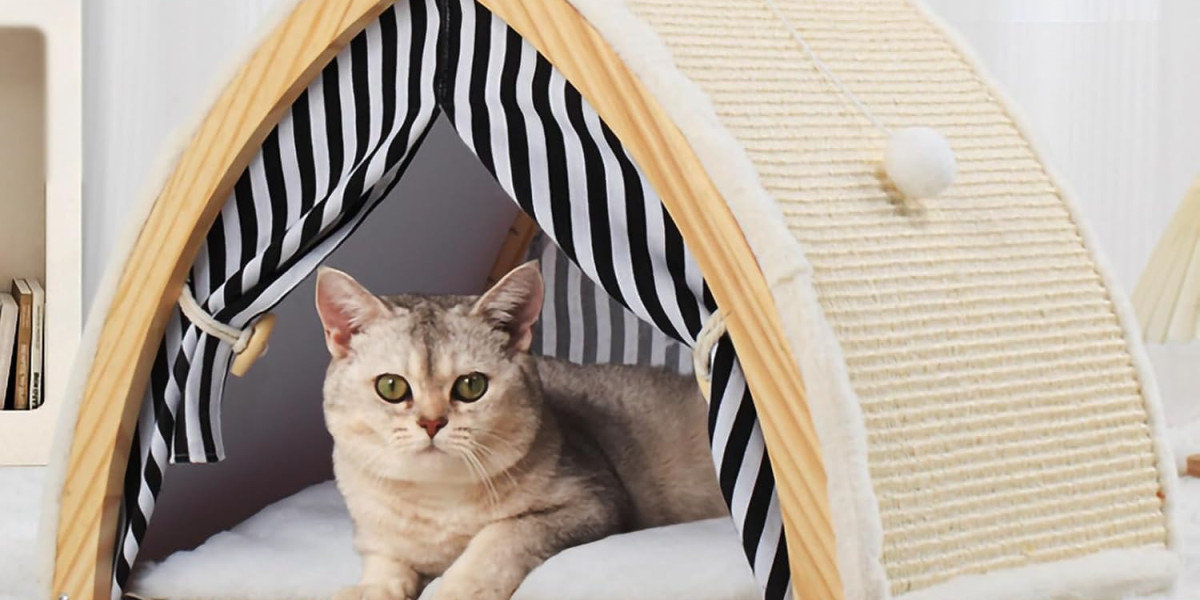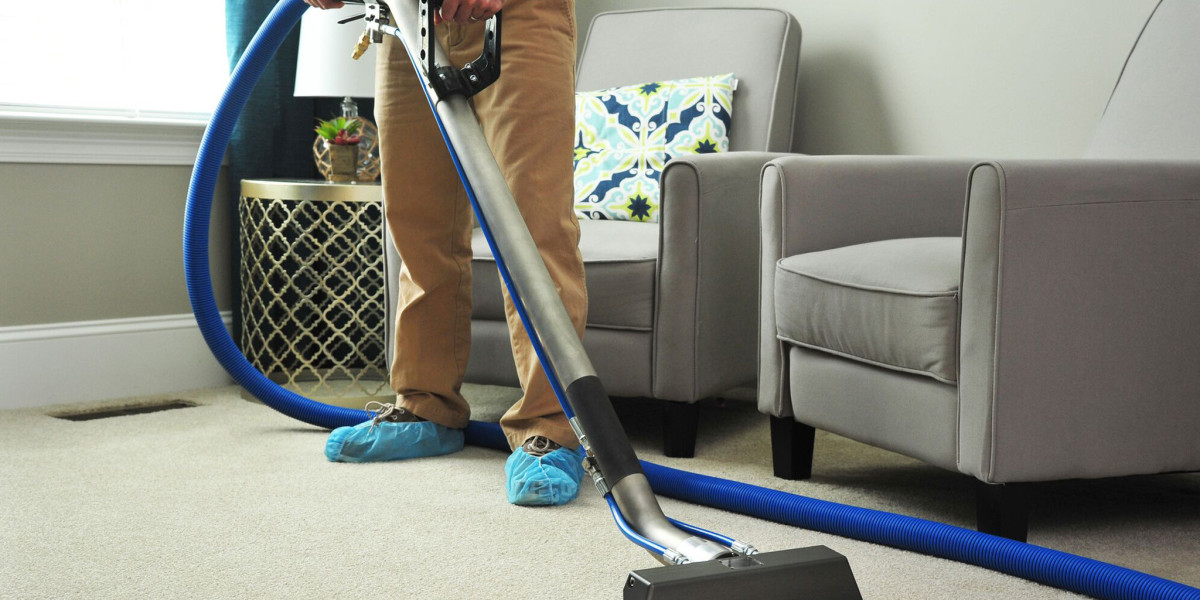Cats are fascinating creatures with unique instincts and behaviors that set them apart from other pets. One of the most prominent natural behaviors of cats is scratching. From sharpening their claws and marking territory to relieving stress, scratching is not just a pastime—it’s an instinctual need. However, as much as scratching benefits your feline friend, it can wreak havoc on your furniture, carpets, and curtains if left unchecked. That’s where a cat scratcher house becomes an essential addition to any cat-loving household.
Unlike simple scratching posts, a cat scratcher house offers multiple functions: it’s a playground, a scratching surface, and a cozy hideaway for your cat. In this comprehensive guide, we’ll explore the importance of cat scratchers, the features and benefits of a scratcher house, different types available, buying tips, DIY ideas, and maintenance tricks.
Why Do Cats Need a Scratcher?
Before diving into the specifics of a scratcher house, it’s essential to understand why cats scratch in the first place:
Claw Maintenance – Scratching helps cats shed the outer layer of their claws, keeping them sharp and healthy.
Territorial Marking – Cats have scent glands in their paws. Scratching leaves both visual and scent markers, signaling their presence.
Stretching & Exercise – Scratching allows cats to stretch their muscles, especially in their shoulders and back.
Stress Relief – Much like humans use stress balls, cats scratch to release pent-up energy or anxiety.
Entertainment – For indoor cats, scratching serves as an activity to keep them engaged and active.
A cat scratcher house combines all of these needs into one multifunctional product that enriches your cat’s environment.
What is a Cat Scratcher House?
A cat scratcher house is more than just a scratching post. It’s a compact piece of furniture that doubles as:
Scratching Surface – Often made from sisal, corrugated cardboard, or carpet.
Hideaway or Den – Cats love enclosed spaces where they feel safe and secure.
Play Zone – Many come with dangling toys, ramps, or tunnels.
Resting Spot – Some feature soft cushions or flat tops for lounging.
Essentially, it’s a mini-home designed specifically for your cat’s comfort and natural instincts.
Benefits of a Cat Scratcher House
Investing in a scratcher house comes with numerous advantages for both you and your pet:
1. Saves Your Furniture
A cat without a scratching outlet will inevitably target your sofa, curtains, or wooden furniture. Providing a scratcher house diverts that energy to a dedicated space.
2. Provides Mental Stimulation
The interactive design of a scratcher house keeps cats entertained, reducing boredom-related behavioral issues like aggression or over-grooming.
3. Encourages Exercise
Scratching, climbing, and jumping on a scratcher house provide physical activity, which is essential for indoor cats who may not get enough exercise otherwise.
4. Safe Retreat
The enclosed house portion provides a sense of security where cats can nap or hide when they need alone time.
5. Multiple Functions in One
Instead of buying a separate scratching post, cat bed, and play tunnel, a scratcher house combines them all—making it cost-effective and space-saving.
Types of Cat Scratcher Houses
Not all scratcher houses are the same. Depending on your cat’s needs and your home setup, here are some popular varieties:
1. Cardboard Scratcher Houses
Made of corrugated cardboard
Lightweight, eco-friendly, and affordable
Cats love the texture for scratching
Downside: not as durable as other options
2. Sisal Scratcher Houses
Covered with sisal rope or sisal mats
Highly durable and long-lasting
Great for heavy scratchers
Usually more expensive but worth the investment
3. Carpeted Scratcher Houses
Made from carpet fabric
Softer surface but may not appeal to all cats
Easy to blend with home décor
4. Multi-Level Cat Houses with Scratching Posts
Includes multiple platforms, perches, or hammocks
Perfect for households with multiple cats
Functions as both a cat tree and a scratcher
5. Designer Cat Scratcher Houses
Stylish options that blend with modern interiors
Made from premium materials
Offers luxury features like plush bedding and climbing towers
How to Choose the Best Cat Scratcher House
When buying a scratcher house, consider the following factors:
Size of Your Cat – Ensure it’s large enough for your cat to comfortably enter, scratch, and rest inside.
Material – Choose durable materials like sisal or thick cardboard.
Stability – A shaky structure can discourage your cat from using it.
Design & Functionality – Look for added features like toys, ramps, or multiple scratching surfaces.
Your Space – Make sure it fits comfortably in your living area without being too bulky.
Number of Cats – If you have more than one cat, opt for a multi-level scratcher house.
Budget – There are affordable cardboard options as well as high-end designer models.
Training Your Cat to Use a Scratcher House
Cats may not always take to a new scratcher immediately. Here are some tips to encourage usage:
Place it near areas where your cat already scratches (like the sofa).
Sprinkle catnip or use a catnip spray on the scratching surfaces.
Play with your cat around the house to create positive associations.
Reward your cat with treats when they use it.
Avoid punishment—it may make your cat anxious and avoid the house altogether.
DIY Cat Scratcher House Ideas
If you’re handy, you can make your own scratcher house at home:
Cardboard Castle – Use cardboard boxes stacked together, with cut-out entrances and cardboard scratch panels glued inside.
Sisal-Wrapped Crate – Repurpose a wooden crate, cover parts with sisal rope, and add a cushion inside for a cozy den.
Upcycled Furniture – Convert an old nightstand into a cat house by adding scratching pads and painting it.
PVC Frame with Carpet – Build a frame with PVC pipes and cover it with carpet and sisal mats.
DIY options allow customization to fit your cat’s personality and your home décor.
Maintaining a Cat Scratcher House
To keep your cat scratcher house in top condition:
Vacuum regularly to remove fur and dust.
Replace worn-out scratch pads (especially cardboard ones).
Tighten screws and joints to maintain stability.
Clean with pet-safe sprays to remove odors.
Rotate positions around the house occasionally to renew your cat’s interest.
Common Mistakes to Avoid
Buying Too Small – Cats need enough space to stretch while scratching.
Placing It in the Wrong Spot – Avoid corners your cat rarely visits. Place it in active areas.
Ignoring Material Preferences – Some cats prefer cardboard over sisal. Experiment to see what your cat likes.
Not Replacing It When Worn Out – Cats may lose interest if the scratcher is too worn.
Cat Scratcher House vs. Regular Scratcher
| Feature | Scratcher Post | Scratcher House |
|---|---|---|
| Scratching Surface | Yes | Yes |
| Hideaway | No | Yes |
| Entertainment | Limited | Multiple features |
| Furniture Protection | Partial | Strong |
| Best For | Single-cat households | Multi-cat homes / active cats |
Clearly, a scratcher house offers more value, especially for indoor cats.
Final Thoughts
A cat scratcher house is not just a luxury—it’s a necessity for any cat parent who wants to keep their feline happy and their home intact. By providing a dedicated place for scratching, hiding, and lounging, you’ll enrich your cat’s life while protecting your furniture.
Whether you choose a simple cardboard design or a luxurious multi-level structure, the investment will pay off in your cat’s health, happiness, and well-being. With a variety of designs available, there’s a perfect cat scratcher house for every household and every feline personality.
And when it comes to finding the right pet products, accessories, and lifestyle solutions for your furry friends, you can always count on LifeGizmoHub for the best recommendations and pet care essentials.



